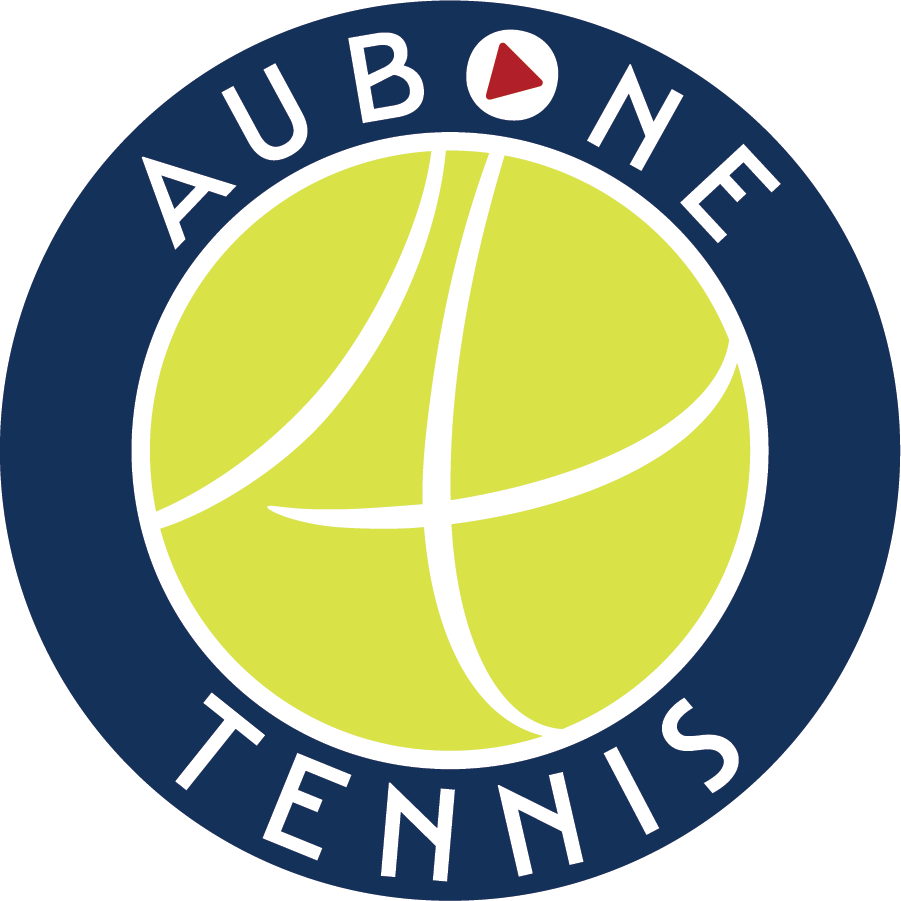How to Improve Your UTR
This blog reveals the fastest, most efficient way to improve your UTR dramatically! Nothing we want comes easy though so prepare yourself, because this is not a blog to help you trick the system without focusing on self improvement. You can’t game the system. You might be able to sneak it up a few decimal points by running away from all the lower UTR opponents you’ll face, but that will end up limiting your ability to improve in the long run.
The more you play, practice, and learn, the faster you’ll improve. So if you’ve been withdrawing from consolation matches or tournaments because you don’t have opponents with a high enough UTR, you’re making a BIG mistake.
Every opportunity you pass up on playing, you pass up on an opportunity to improve. And when you’re not improving, your opponents are. So first things FIRST!!!
Get on the court every chance you get.
Now that we’ve gotten you on the court and you’re ready to learn, here are the most important things you can work on that will help you improve as a player, eventually leading to a jump in your UTR:
Get your matches watched by a coach
Most players don’t know exactly why they’ve lost a match, and how to fix their problems. They might think they know, but they really don’t. I’ve reviewed countless matches with players and more often than not, they aren’t sure what happened, or they’re wrong about what did.
And they definitely don’t know the fastest ways to fix what they think happened in the first place. Nor should they, they’re learning the game!
A coach has the trained eye to see the most important reasons why you’re having trouble in matches. They’ll see not only your technical flaws, but your strategic ones as well.
Once a coach watches you play enough, they can put together the best development plan to help you improve and succeed in competition time. So get your coach to watch your match! If they can’t be there in person, then record your match and send it to them!
Improve your routines in-between points
The time in-between points isn’t mean to just pick up the balls and catch your breath. It’s meant to calm yourself down, organize your thoughts, and provide clarity on how you’re going to play the next point.
The most successful tennis players use this time wisely by taking deep slow breaths to slow their heart rate down. This leads to a calmer mind, making it easier to decide on an efficient game plan for the next point.
Also, the best players decide how they want to start the point, where they want the serve or return to go to, and how they want to structure the point BEFORE they’ve walked up to the baseline. The least successful players decide when they’re finally lined up to play. This leads to random decision making and bad unforced errors.
Work on your serve and return
These are the two most important shots in tennis. If you want to improve your success in matches, make these two shots your best ones.
A great serve can help you start the point off on your opponent’s weakness, or even end the point right away. If you place the serve wide enough, it can also give you a big open court to hit into, putting you in an offensive position for the rest of the point.
A great return is a server’s worst enemy. A great returner can attack a weak or misplaced serve and start on offense. If a server faces enough pressure, they can get really nervous on a big point, and double fault. A returner’s dream come true.
So instead of spending 90% of your practice on groundstrokes (which most players do) and 10% on serve and return, change it up! Spend 50% of your time on serve and return. And don’t spend that 50% ONLY on the serve and return itself. Mix in serve +1 patterns, and return +1 patterns as well. These are supposed to be part of the serve and return practice.
Work on your consistency
Most matches at the non-professional level are won by the player who hits the least amount of unforced errors, not the one with the most winners. I know it’s more exciting to hit winners and run your opponent all over the court, but first you have to have a certain level of consistency and ball control. Once you have that, you have the base required to beat the majority of your opponents. THEN, you can start working on your aggressive game style. That way if your offense falls apart in a match, you have the most successful backup plan in tennis history.
I’m not telling you to develop the ability to push the ball in. I’m telling you to develop consistency at a good enough pace with quality ball placement. Pushers eventually come up against opponents that do have the ability to play some offense. Unfortunately the pushers are hitting balls so soft, without amazing shot placement, so it’s easy for those players to take over.
In 2022 I wrote a blog titled “Best Tennis Drills to Develop Consistency”. Click here to read it and see my favorite drills!
—————————————————-
If you were looking for a beautiful scheme to get your UTR up overnight without putting the work in, I’m sorry to disappoint you. I haven’t found or heard of a proven plan to get your UTR up any other way. If one does come up, I’ll let you know! I like figuring out the fastest way to succeed. Until then, putting in the work is the way to go. And if you focus on the areas mentioned above, I promise you’ll succeed in your journey faster than any other method! Good luck on the courts.

